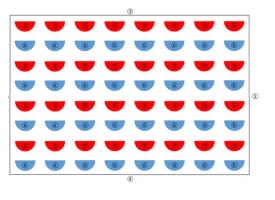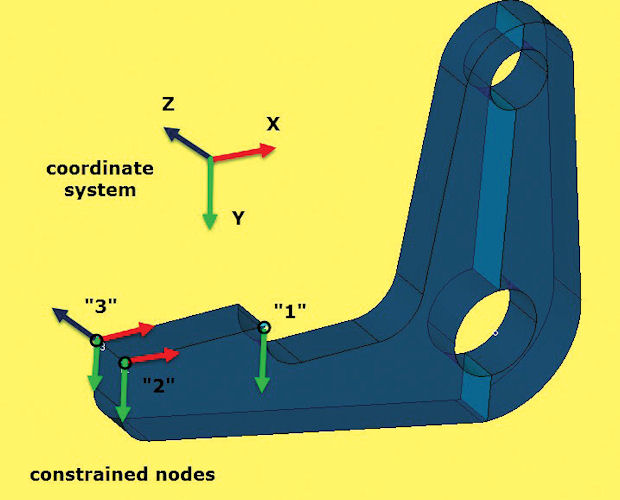Cathie16
Materials
- Mar 30, 2023
- 11
Hello all,
I am relatively new and would like to clarify some doubt in analyzing thermal stresses in micro-channels of an heat exchanger.
I just consider only a small cross section of the entire model to simplify the model since my interest is only inside the channels.

In this case where would be ideal to constraint (boundary conditions)?
I usually constraint in the lower corner and go further away from this point to analyse the results. But is there any better way ?
Thanks for your time and support in advance,
Regards
I am relatively new and would like to clarify some doubt in analyzing thermal stresses in micro-channels of an heat exchanger.
I just consider only a small cross section of the entire model to simplify the model since my interest is only inside the channels.

In this case where would be ideal to constraint (boundary conditions)?
I usually constraint in the lower corner and go further away from this point to analyse the results. But is there any better way ?
Thanks for your time and support in advance,
Regards

